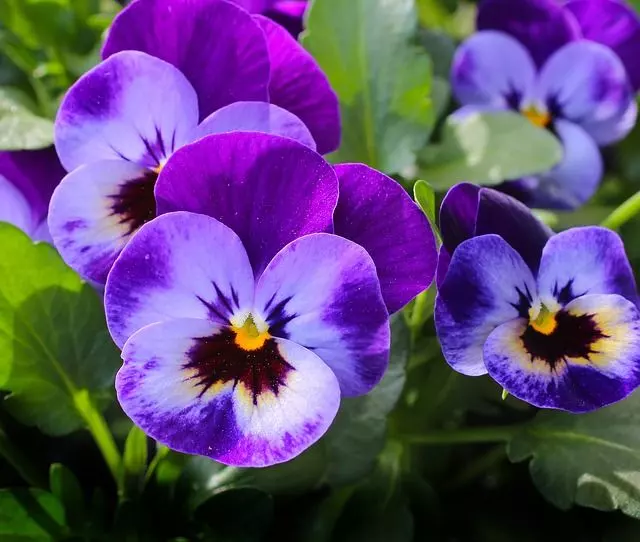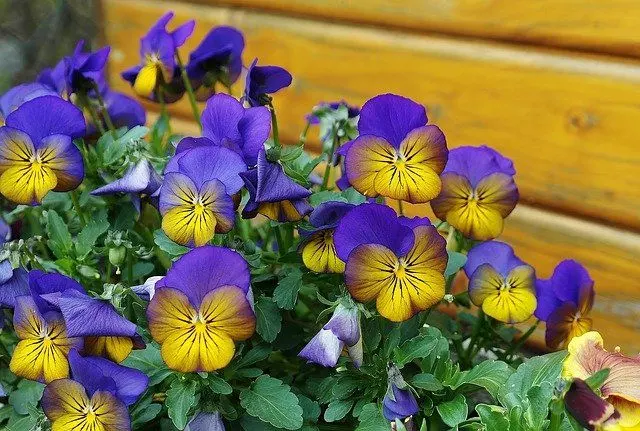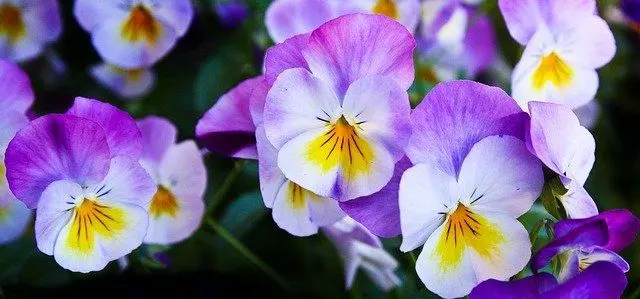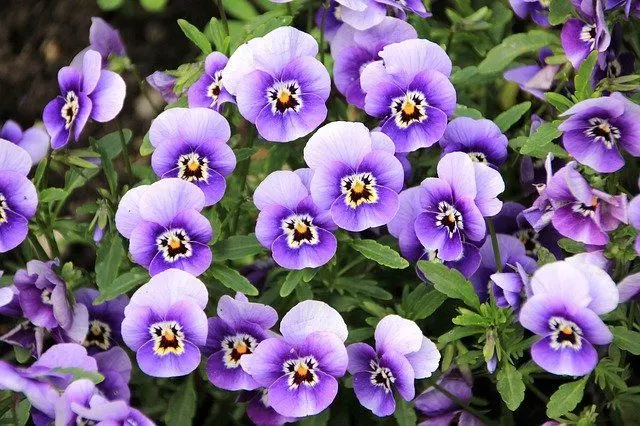Pansies are one of the best-known and most popular cool-weather annuals. They are cheerful and very showy plants, with showy flowers that offer color to the garden during the winter. In the months of short days and low light, when most plants do not produce flowers, pansies show off their colors with full intensity. Learn all about how to plant pansies in this guide.
Table of Contents
How to Plant Pansies: Care
If you want to know how to plant pansies here is a brief description of their needs and care.
Light: It needs good sunlight, but can also tolerate semi-shade.
Soil: Pansies like soil rich in organic matter and nutrients.
Watering: It should be watered every 3 days during the flowering process.
Climate: Tolerates temperatures between 24.8°F and 69.8°F (-4 °C and 21 °C).
We use these seeds with very good results in our garden:
- Johnny jumps ups are a perennial, low growing wildflower seed grown in USDA Zones 3 - 9. This low growing violet only reaches 6 inches tall.
- Sunny areas may be too hot in southern climates, while shady areas may be too cold in northern zones. Depending on your temperature zone, these wildflowers may grow in full sun to full shade. Trimming Johnny Jump-ups back in the heat of summer will encourage another flush of blooms in the fall.
- These are such delightful little flowers that bring charm and grace to any summer landscape. They grow very easily from Viola seeds, and once established will even self-sow. They are not invasive just delightful! Johnny Jump Up wildflowers have been around for centuries and are native to the mountains of Spain and France.

How to Plant Pansies
They usually appear on sale, in garden stores and nurseries, during the fall. Compact plants should be chosen, with buds, but with few flowers. Lanky plants with spiky stems grow worse and have a shorter flowering period.
Pansies like cool, moist soil, with a good amount of organic matter (humus compost), are added to the bottom of the planting hole. Pansies prefer full sun locations, but in warm regions, they last longer if planted in semi-shade. They thrive well in temperatures between 24.8°F and 69.8°F (-4ºC and 21ºC), and will inevitably decline when the high temperatures of summer arrive. It is not worth trying to keep them until the following season because they will not look pretty again, it is best to replace them with other heat-loving plants.
Pansies form a very shallow root system, as a network of fine white threads under the soil, so it is advisable to keep a layer of mulch of about 1.5″ or 2″ (4 or 5 cm) around the plants. In this way, we manage to retain the humidity they need. To promote flowering, it is convenient to eliminate the flowers that wither. It is also advisable to fertilize every two weeks with a 5-10-5 fertilizer. Since pansies consume a lot of nutrients, a good fertilizing plan can alternate synthetic fertilizer with organic fertilizers such as manure or worm castings, combining fertilizers and good soil structure.

Do Pansies Bloom all Summer
Pansies can bloom in summer if the temperature where you live is not so high. Pansies can also be pruned so that they can withstand the summer and bloom again next season.
Not all pansies can be treated as a perennial plant, you should try different variants of pansies.
Pests and Diseases in Pansies
Excessive watering can lead to root and leaf rot. If the plants are too tightly packed, the air may not circulate well and powdery mildew and other molds may become established.
Aphids love the tender stems of pansies and it is easy for them to settle on them if the weather is warm. They also attract slugs and snails.
In dry climates, it is mites that can attack our plants.



